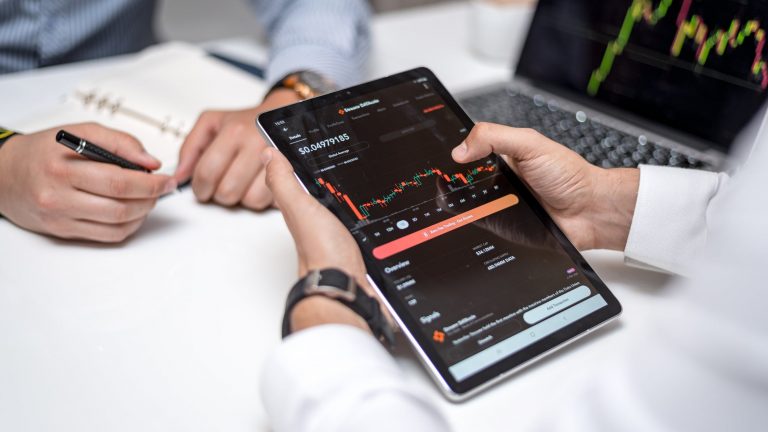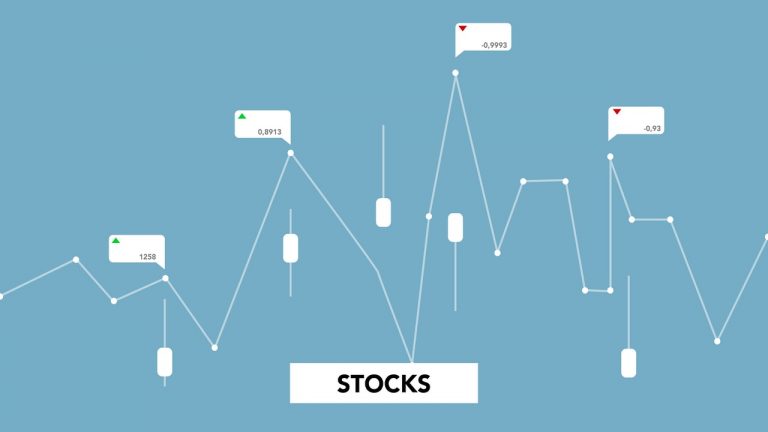Technical indicators, such as oscillators, are used by many market participants. These tools aid in detecting patterns and probable support and resistance areas. Oscillators may determine a security’s momentum, trend, and overbought/oversold conditions. This article will explore the basics of oscillators and discuss some of the most popular ones traders use.
What are technical oscillators, and what do they measure on a price chart?
Technical oscillators are tools that traders use to measure momentum on a price chart. There are various oscillators, but they all work by tracking the price movement over time. Generally, if the price is rushing, it may indicate a bullish trend, while a slow-moving price may indicate a bearish trend. By tracking the momentum of the price, traders can make informed decisions about when to buy or sell. While there is no perfect oscillator, they can be valuable tools for those who know how to interpret them.
Using oscillators to identify overbought and oversold conditions
Traders often use oscillators to identify overbought and oversold conditions. An oscillator is a technical indicator oscillating between two extremes, typically zero and 100. When the oscillator is above 70, it is considered overbought; when it is below 30, it is considered oversold. Traders will often buy when the oscillator is oversold and sell when it is overbought to profit from the price corrective movements. While oscillators can be valuable tools, they should not be used in isolation and should always be used with other technical indicators and market analysis techniques.
The importance of using oscillators in conjunction with other indicators
Traders relying solely on oscillators when making trading decisions miss essential information that can help them make more informed decisions. Oscillators can provide valuable insights into a market, but traders should use them with other indicators. For example, many traders use support and resistance levels to decide where to enter and exit a trade. However, these levels can be false signals if the market is ranging. Oscillators can help to confirm whether a market is genuinely breaking out or if it is just retesting a support or resistance level.
The best time to use oscillators
There is no definitive answer to the best time to use oscillators in your trading strategy. Some traders find that oscillators are most valuable when markets are trending, while others find them more helpful during periods of consolidation. It is up to each trader to experiment with oscillators and determine when they are most helpful in their trading. Many traders find that using multiple oscillators can give a more comprehensive view of market conditions.
As with any tool, proper oscillator use requires a certain amount of practice and experimentation. For traders who take the time to learn how to use them effectively, oscillators can be a valuable addition to any trading strategy.
Tips for using oscillators successfully
Traders often use oscillators as part of their trading plan. While oscillators can be helpful tools, a few things to consider in order to use them successfully:
- It is essential to use oscillators with other technical indicators.
- Be aware of the limitations of oscillators. For example, they can give false signals in a strong trend.
- Choose the proper oscillator for your trading style and the market conditions you are trading in. Following these tips, you can better use oscillators in your trading plan.
Which oscillators are most commonly used by traders?
Traders have various oscillators at their disposal, each with its strengths and weaknesses. The most commonly used oscillators include the Relative Strength Index (RSI), the Stochastic Oscillator, and the MACD. Each of these oscillators can be used to identify overbought or oversold conditions and potential turning points in the market.
As with any tool, traders need to understand how these oscillators work before using them in live trading. However, by incorporating these oscillators into their trading strategies, traders can gain a valuable edge in the market.




